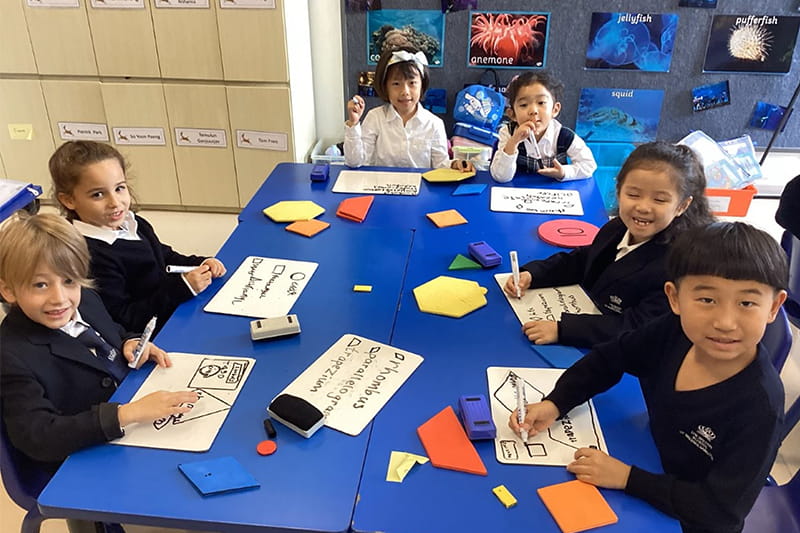In Year 2, we have embarked on an exciting journey into the world of shapes, and we’d like to take this opportunity to share why this is such an important part of your child’s learning!
Building Mathematical Foundations:
Shapes are one of the first building blocks of geometry, helping children develop essential spatial awareness and problem-solving skills. Learning to identify and classify shapes—such as circles, squares, triangles, and rectangles — lays the groundwork for understanding more complex mathematical concepts later on, like area, symmetry, and volume. It’s through this early exposure that your child begins to see the connection between geometry and everyday life.
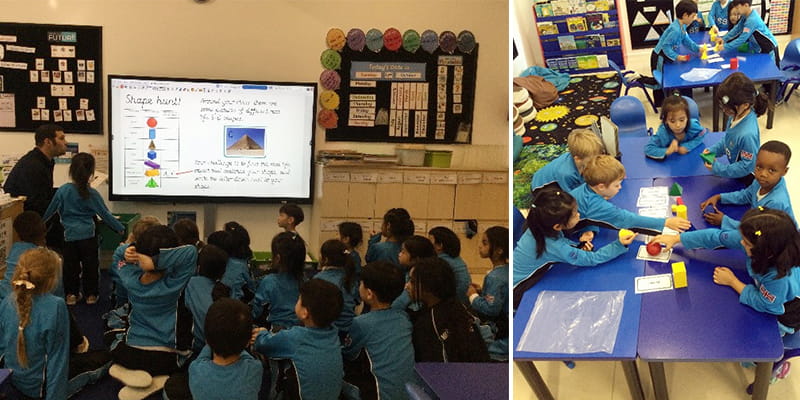
Promoting Critical Thinking:
Exploring shapes isn’t just about memorizing names or counting sides. It encourages children to think critically and look for patterns. For example, when your child notices that two triangles make a square or that a rectangle can be divided into two identical squares, they are exercising their ability to analyze, compare, and think logically. This type of problem-solving is crucial in their overall cognitive development.
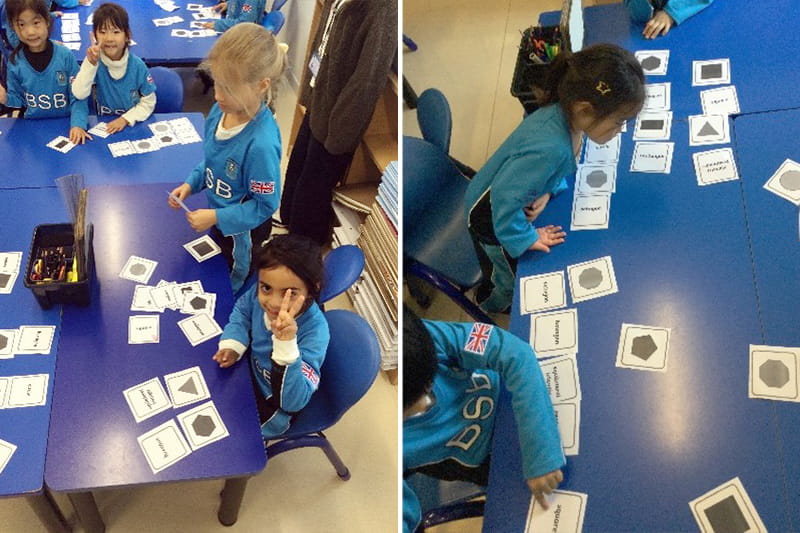
Enhancing Fine Motor Skills:
Recognising and drawing shapes helps children improve their fine motor skills. Whether they’re using a pencil to trace or using hands-on materials like blocks, the act of manipulating and engaging with shapes strengthens their coordination and control, skills essential for writing and other day-to-day tasks.
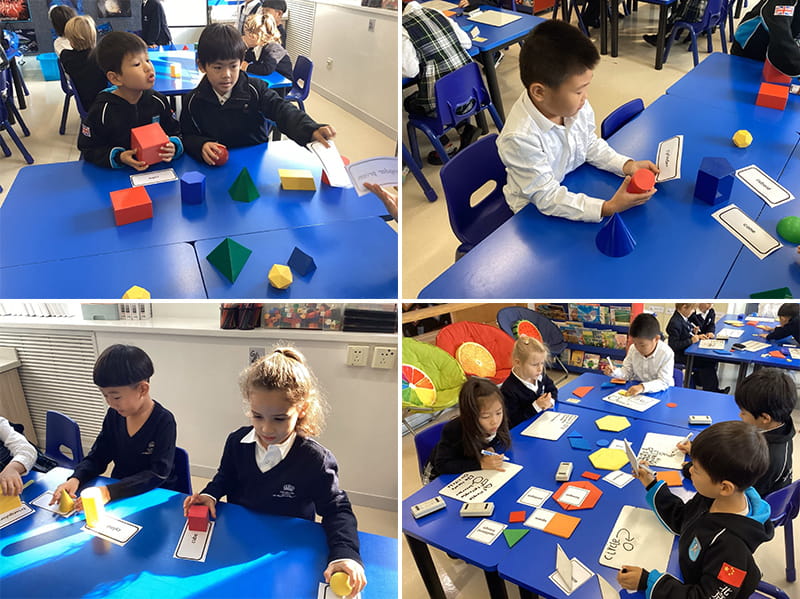
Shapes in the Real World:
One of the most exciting aspects of learning about shapes is how readily children can apply their knowledge to the real world. Whether they’re identifying shapes in the playground or recognizing different forms in architecture, shapes help them make sense of the world around them. By integrating shape recognition into their daily activities, children begin to notice how these fundamental concepts play a role in everything they see and do.

Supporting Global Awareness:
As part of our broader curriculum focus, shapes can also be a gateway for discussing architecture and design from cultures around the world. By exploring how different societies use shapes in their art, buildings, and symbols, students can appreciate cultural diversity and develop a more international perspective—an essential skill in our globally interconnected world.
How You Can Support at Home:
There are plenty of ways you can reinforce your child’s learning about shapes outside of the classroom:
- Encourage your child to spot different shapes during everyday activities, like on road signs or in your home.
- Use household objects to create fun shape-building challenges.
- Draw and cut out shapes with your child to practice recognizing them in a hands-on way.
- Look for books or online games that explore shapes in creative and engaging ways.
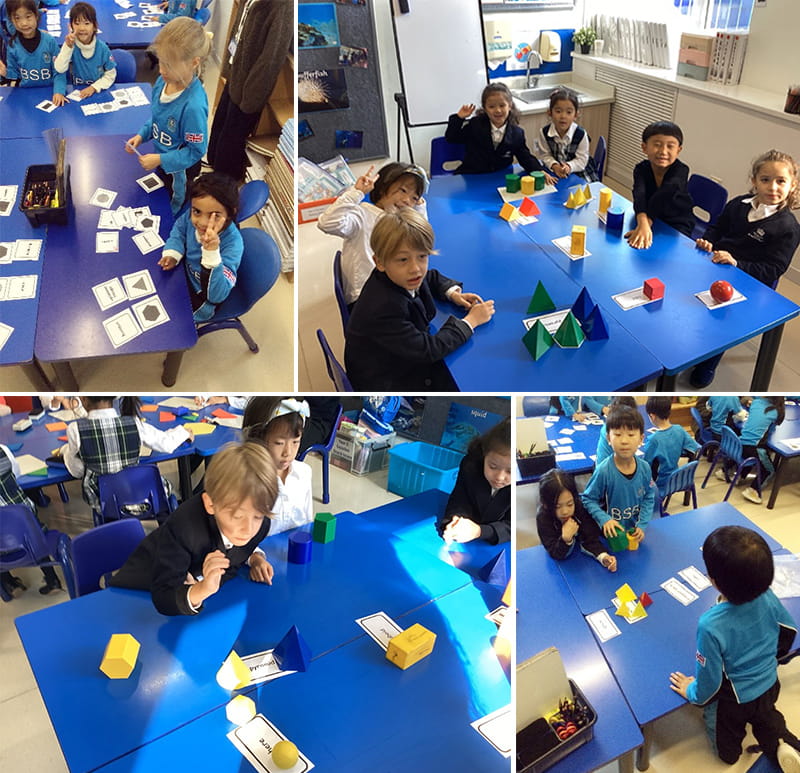
We are excited to watch your children develop these essential skills, which are not only vital for their progress in maths but are also key to their broader intellectual and creative development. Thank you for your continued support in making learning an exciting and enriching experience for your child.
By James Behzadi
Year 2 Giraffes Class Teacher

